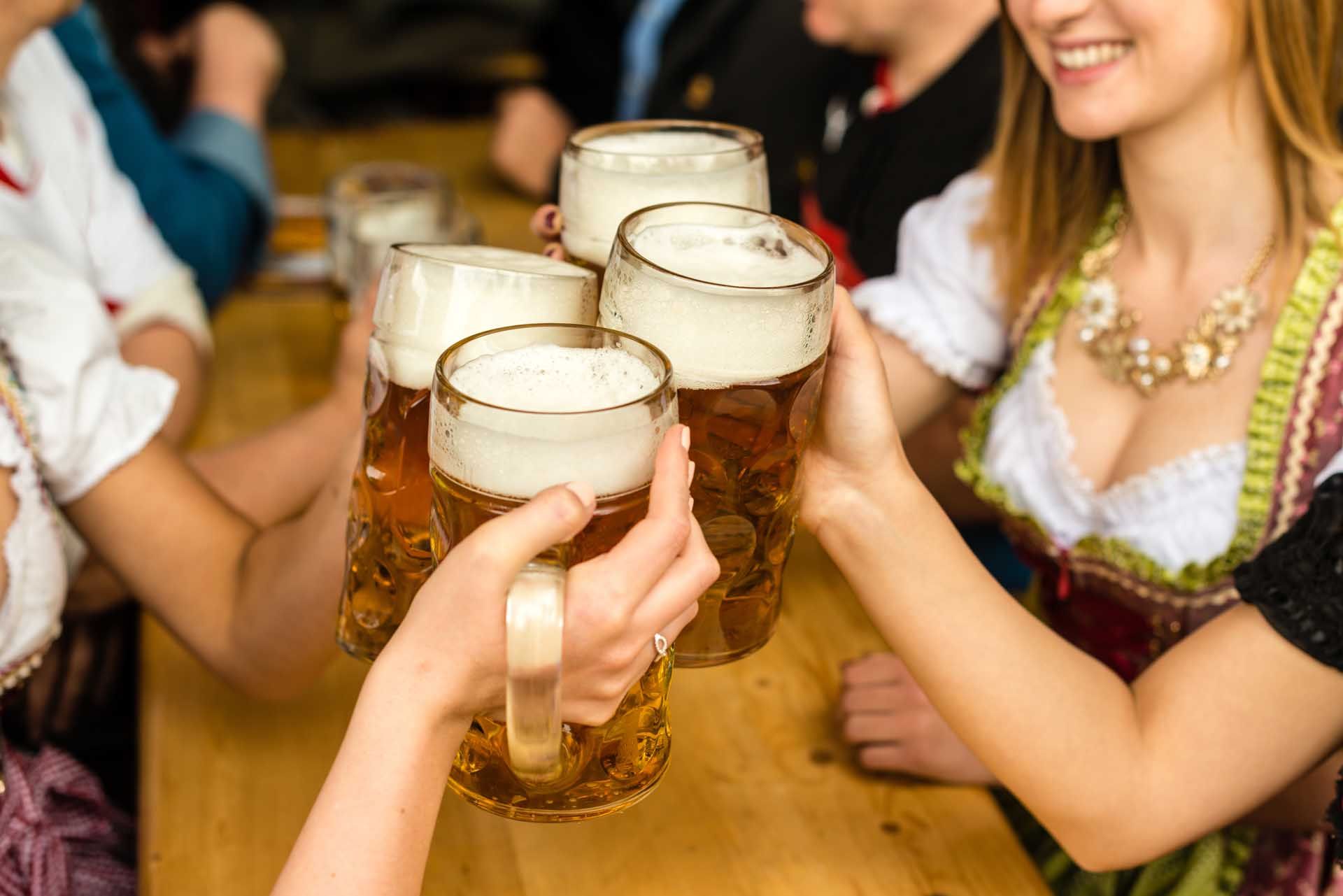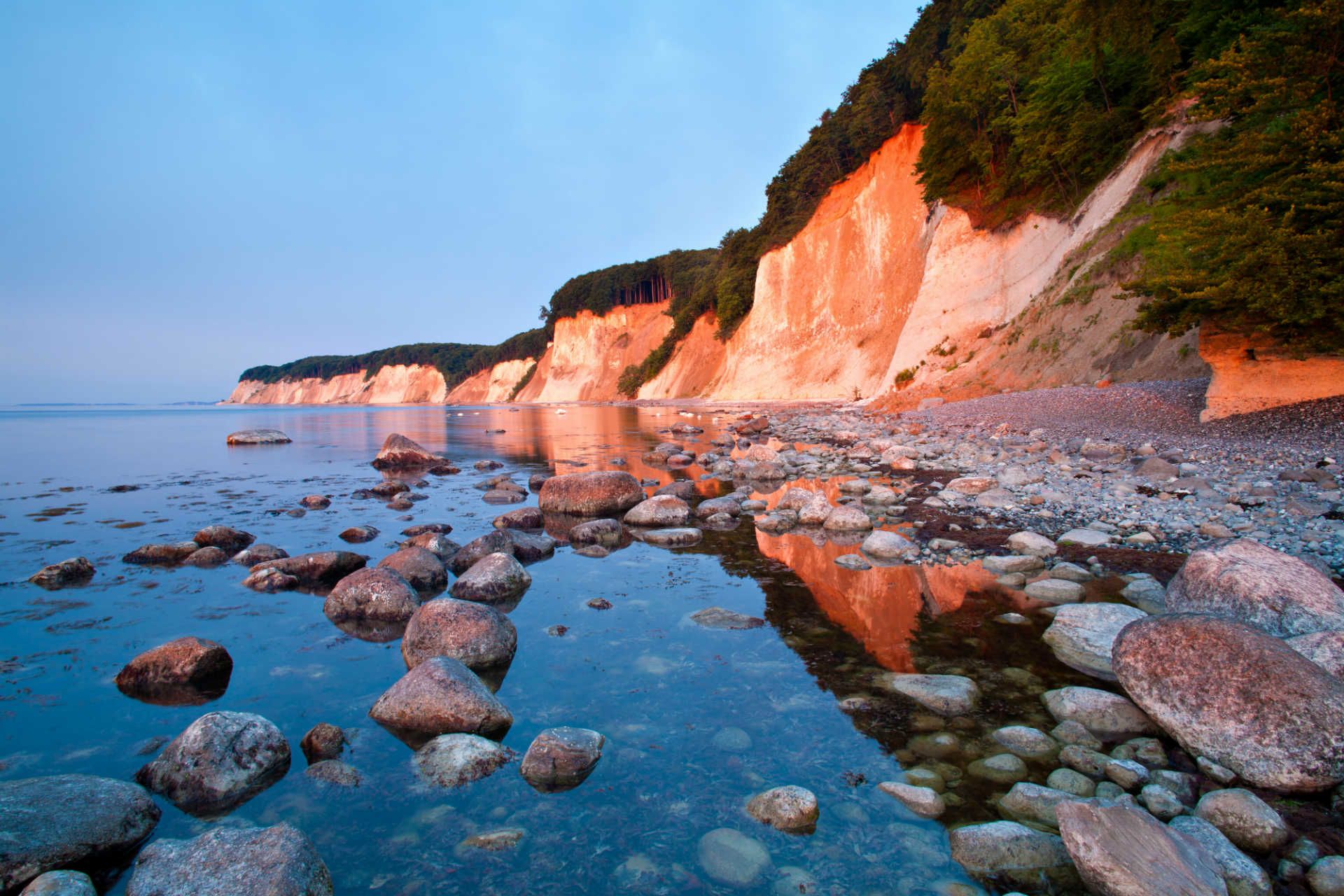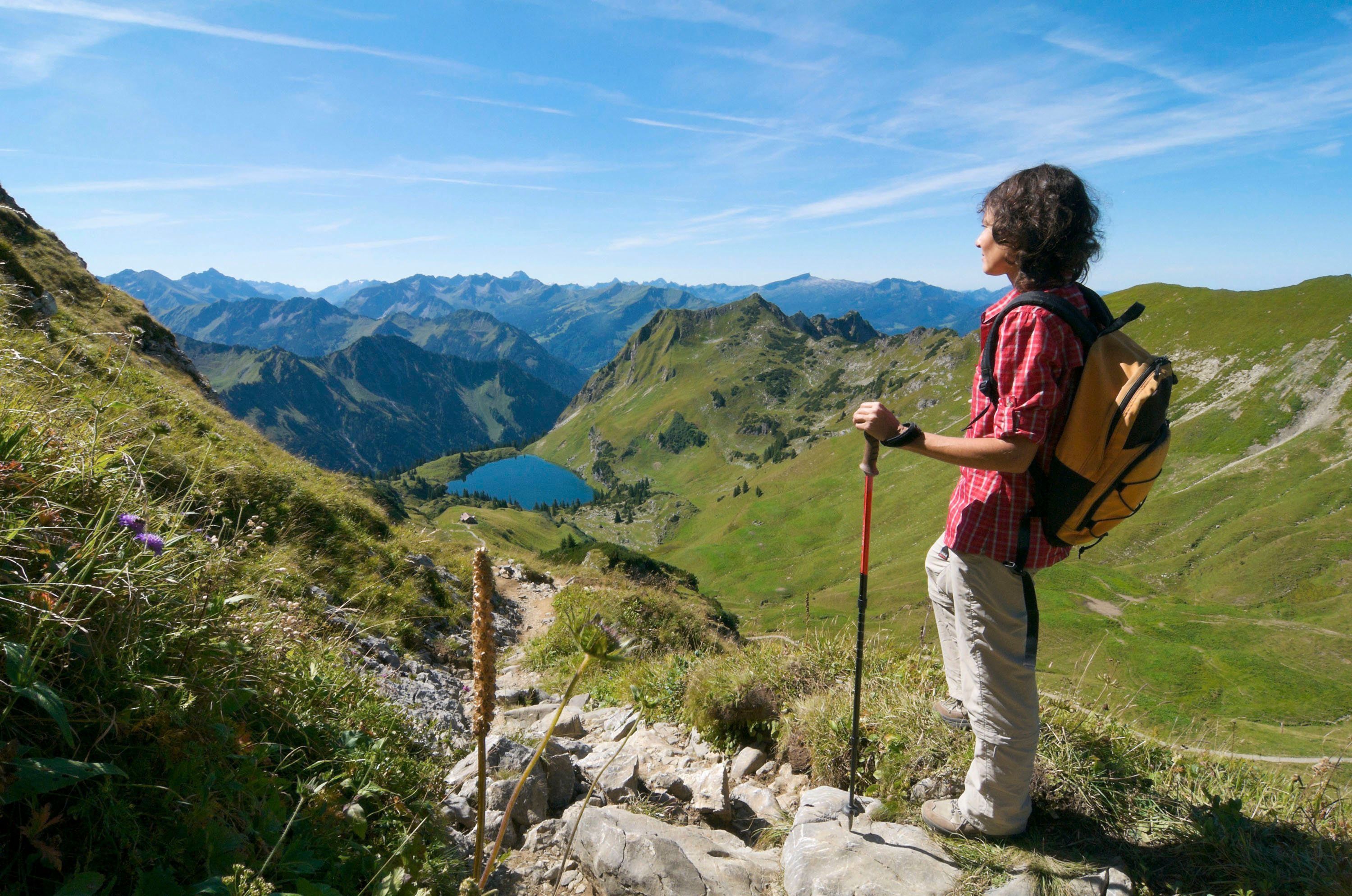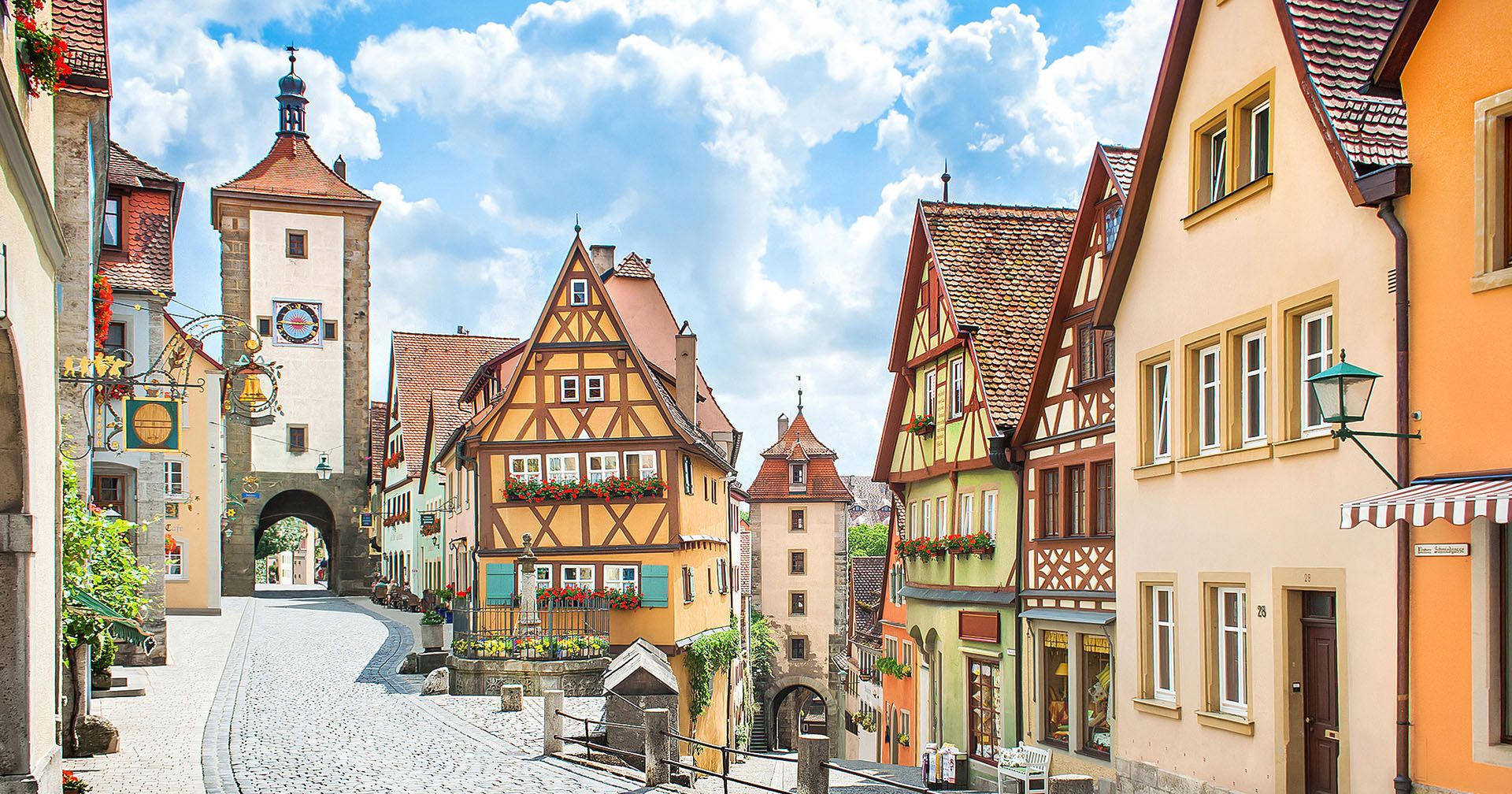18. Discover the beauty of Berchtesgaden National Park
Berchtesgaden National Park is one of Germany’s most dramatic alpine landscapes – a region of deep glacial valleys, high limestone peaks, and mirror-like lakes. The nearby town of Berchtesgaden, once a royal retreat, still draws visitors for its mountain views, pastel-painted houses, and traditional Bavarian feel.
The star of the park is Königssee, a narrow, emerald-green lake framed by cliffs. Quiet electric boats carry visitors across their still waters to the pilgrimage church of St. Bartholomä and hiking trails beyond. Start your visit at the Haus der Berge (House of the Mountains), a modern visitor center with well-curated exhibits on the park’s ecosystems, geology, and wildlife.
For a shift in tone, head underground at the Salzbergwerk Berchtesgaden, one of Europe’s oldest salt mines. Don coveralls and ride a miner’s train deep into the tunnels before sliding between levels and floating across an underground brine lake.
Or climb in the other direction – up the Kehlsteinhaus, better known as the Eagle’s Nest. Built as a Nazi retreat and perched at 1,834m (6,017ft), it now serves as a panoramic restaurant with views that reach across the Alps into Austria.
How to get to Berchtesgaden National Park
Take the train to Berchtesgaden from Munich or Salzburg (both around 3 hours). Buses connect the town with Königssee, the salt mine, and the Eagle’s Nest base station. A car helps if you're short on time or planning longer hikes.
When to visit Berchtesgaden National Park
June to September is best for hiking, boat trips, and open mountain roads. October brings autumn colors. Snow can linger into late spring at higher elevations. The Eagle’s Nest is only open from May to October.

























